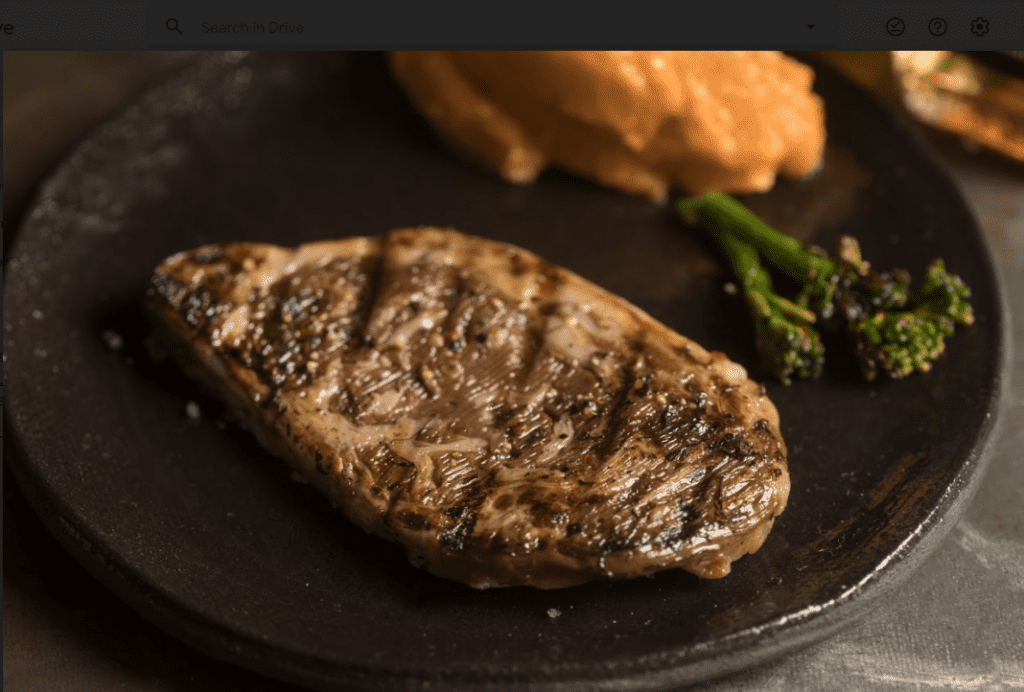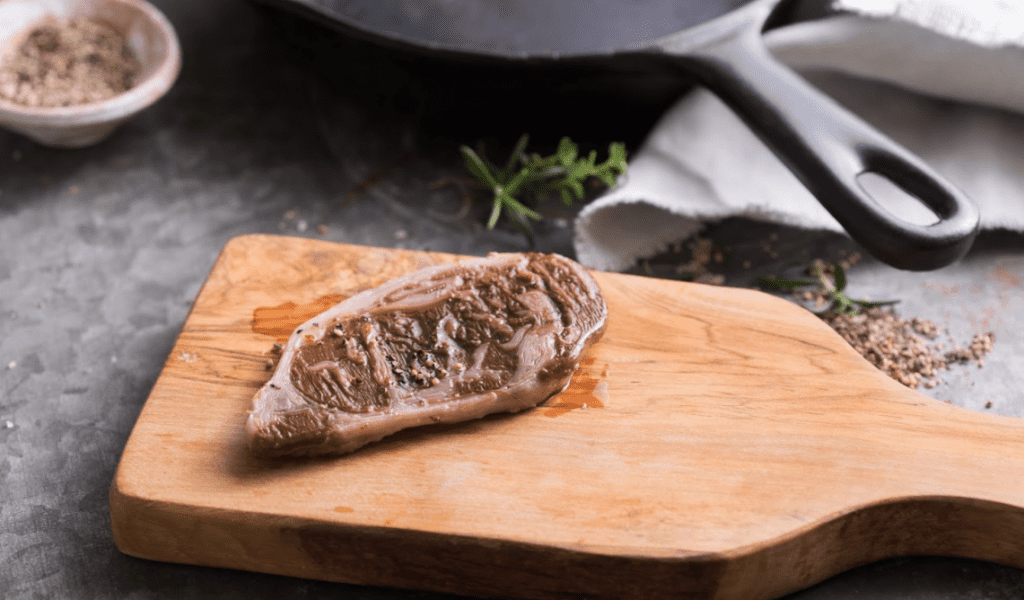
It’s almost shocking to see how quickly lab-grown meat technology is progressing. It seems that it was sci-fi almost yesterday and now already, we have the first government-approved lab meat in Singapore, in the form of chicken nuggets.
But chicken nuggets only get you so far. If we want to get people to eat lab-grown meat, you need to make a good steak, and that’s exactly what a new start-up managed to produce.
Why go to all this trouble
Why would you go to all the trouble of developing a new technology and a complex process when you could just, you know, cut a cow?
Meat production is one of the most environmentally damaging food industries out there. Its climate impact roughly equivalent to the driving of every car in the world — and it’s not just the emissions.
The meat industry is also associated with deforestation and environmental degradation, and calorie per calorie (or protein per protein), it uses much more water and land than alternatives. There’s also the fact that you’re killing an animal to eat, which for many is reason enough.
Alas, meat tastes good, and for many, it’s just too hard to pass up. So researchers have come up with a way around that: growing meat in a laboratory.
Essentially, you get real animal cells but without having to slaughter animals. It’s cruelty-free meat, and (researchers hope) it can also be done with fewer resources and emissions than regular meat.
The basis of the technology comes from regenerative medicine, where cell samples are used to grow entire tissues and organs. With cultivated meat, you use cells to grow fat and muscle tissues, and grow them on a scaffold that allows them to develop in three dimensions. All it takes is a starter pack of cells obtained from an animal biopsy.
Unlike regular 3D printing though, this uses actual living cells that are incubated in a broth rich in nutrients, and then grow and develop like a living tissue. Several companies are showing remarkable progress. Recently, one such company, Aleph Farms, presented the first lab-grown rib-eye steak.

It incorporates muscle and fat just like the real deal, and it’s reportedly as juicy and tasty as a prime steak from the butcher.
“With the realization of this milestone, we have broken the barriers to introducing new levels of variety into the cultivated meat cuts we can now produce. As we look into the future of 3D bioprinting, the opportunities are endless,” says Technion Professor Shulamit Levenberg, Aleph’s Co-Founder, Chief Scientific Advisor and a major contributor behind the company
The steak was grown in partnership with the Faculty of Biomedical Engineering at the Technion – Israel Institute of Technology, and is reportedly, the first grown rib-eye steak in the world.
Creating diverse types of lab-grown meat is important if the approach is ever to become mainstream — and according to a new report that claims Europe and the US will reach “peak meat” by 2025, this seems more important than ever.

Many questions still remain, especially about the scalability of the operation and the price. The price, in particular, is a concern. Meat isn’t particularly expensive in most parts of the world, and in order to compete, lab-grown meat needs to be at least in a comparable price range.
But for now, the creators of this rib-eye steak seem to be relishing their achievement.
“This breakthrough reflects an artistic expression of the scientific expertise of our team,” enthuses Didier Toubia, Co-Founder and CEO of Aleph Farms. “I am blessed to work with some of the greatest people in this industry. We recognize some consumers will crave thicker and fattier cuts of meat. This accomplishment represents our commitment to meeting our consumer’s unique preferences and taste buds, and we will continue to progressively diversify our offerings,” adds Toubia. “Additional meat designs will drive a larger impact in the mid and long term. This milestone for me marks a major leap in fulfilling our vision of leading a global food system transition toward a more sustainable, equitable and secure world.”









